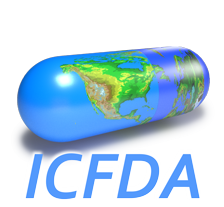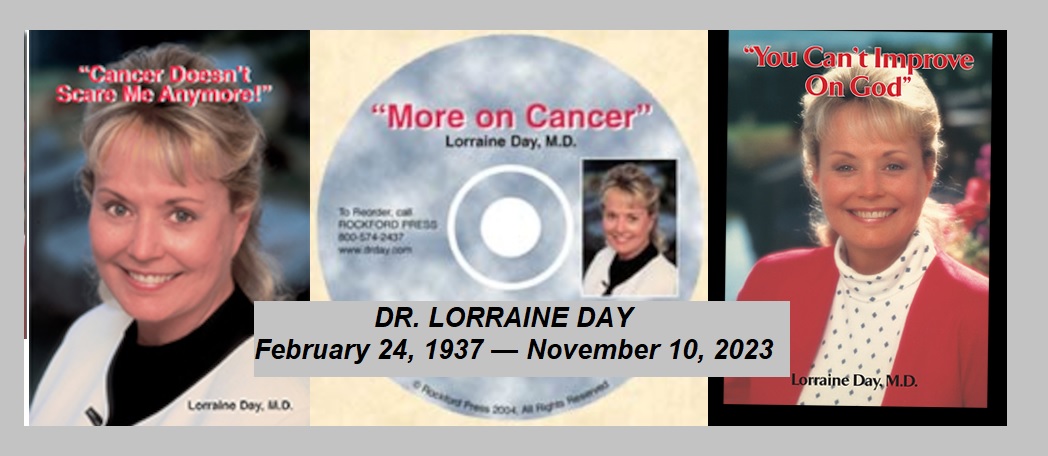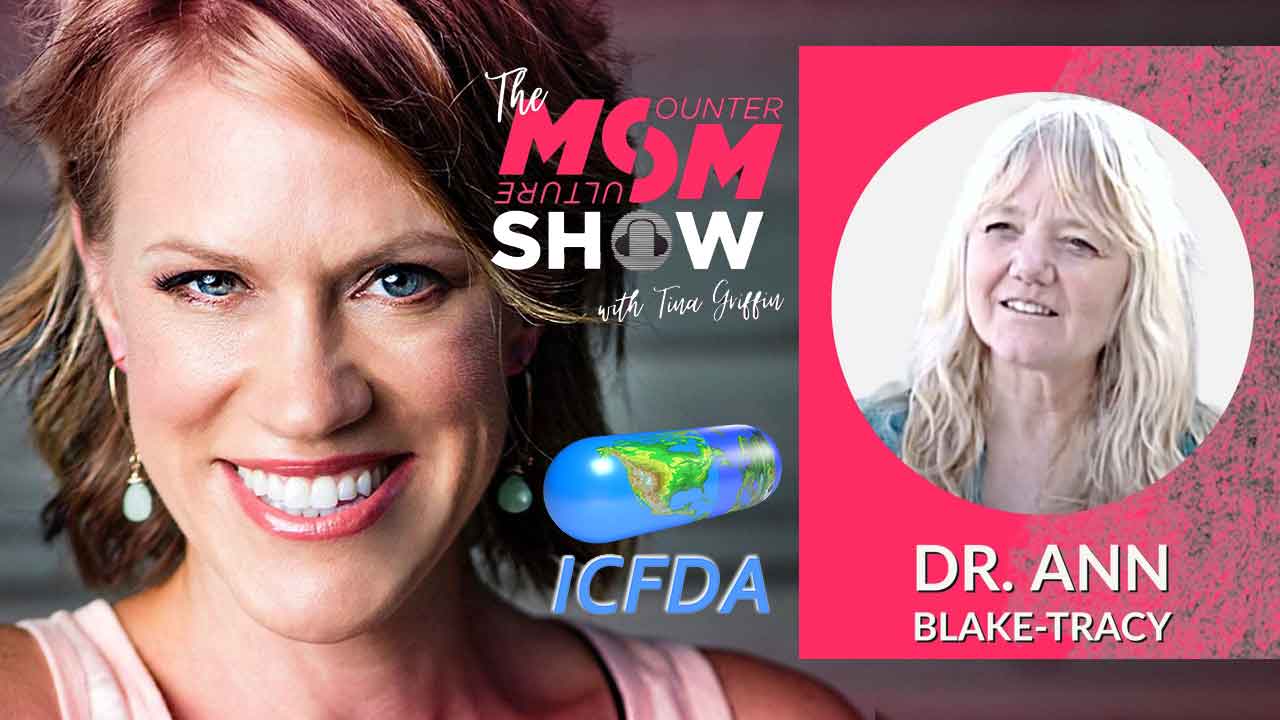When Depression Turns Deadly:
Can Antidepressants Transform Despair into Suicide?
ANNE McILROY
THE GLOBE AND MAIL
Saturday, April 21, 2001
www.globeandmail.com
When Matt Miller’s family moved to a bigger house in a new neighbourhood in
Kansas City, Mo., the athletic 13-year-old with thick blond hair found that
he couldn’t penetrate the cliques at his new school. He was a nobody, an
outsider.
“He was angry at us, he was angry at the school, his grades suffered. He
wasn’t himself,” said his father, Mark Miller.
The boy’s teachers recommended that he see a psychiatrist, who prescribed
Zoloft, an antidepressant in the same chemical family as Prozac.
The doctor said it would help Matt’s mood, make him feel better about
himself. The boy started taking the pills and seemed to be in good spirits
for a few days.
But then he began showing signs of intense nervousness and agitation. He
couldn’t sit still, his father remembers. He kept kicking people under the
table. His eyes were sunken and he couldn’t sleep, yet he had a restless
energy.
After six days on the drug, on July 28, 1997, Matt hanged himself in his
bedroom closet.
“Suicide always takes you by surprise, but no one could have imagined that
Matt would have done that,” Miller said in an interview. “There was no
previous attempt, no serious threat of it, no note, no premeditation.
“It was a very impulsive act I am convinced was brought about by the
stimulant nature of the drug.”
Miller has launched a lawsuit against Pfizer Inc., which makes Zoloft. He is
one of about 200 people who have sued — so far unsuccessfully — the makers
of Prozac and similar products. The plaintiffs contend that the drugs, known
as selective serotonin reuptake inhibitors, caused their loved ones to kill
themselves and, in some cases, hurt or kill others as well.
One of the few cases to go to trial so far was that of William Forsyth, a
63-year-old wealthy Hawaii businessman who stabbed to death his wife of 37
years and then killed himself in 1993. At the time, he had been taking
Prozac for 11 days for panic attacks.
In 1999, a jury in the civil lawsuit cleared Prozac of liability in the
deaths. Forsyth’s adult children began another suit last year accusing Eli
Lilly and Co., the maker of the drug, of covering up damaging details about
the antidepressant.
Chief among the scientific experts who have given people, including Miller
and Forsyth’s children, reason to believe that a link may exist between
antidepressants and suicide is Dr. David Healy, whom Miller has engaged as
an expert witness in his suit.
Healy is a well-known British psychiatrist who argues that Prozac and
similar drugs may trigger suicide in some patients, and that there should be
warning labels on the products.
To Miller, Healy is a hero, a crusading scientist with the guts and
credibility to challenge the powerful, multinational drug companies in an
era in which many researchers and institutions depend on them for funding.
But discussing the down side of Prozac does not appear to have been a good
career move. Healy’s blunt expression of his views may have cost him a job
at the Centre for Addiction and Mental Health, a teaching hospital
associated with the University of Toronto. The centre had been recruiting
him for months, but last year rescinded his written job offer after he gave
a speech warning that Prozac may trigger suicide in some patients.
Eli Lilly Canada Inc. is a major corporate donor to the centre, but
university and hospital officials say their decision had nothing to do with
wanting to please the drug company or to avoid damaging future fundraising
efforts. They say their reasons are confidential.
Healy says the only explanation he was offered was that his lecture
“solidified” the view that he was not a good fit.
For Eli Lilly’s part, it points out that a U.S. Food and Drug Administration
panel of experts voted six to three against requiring Prozac to carry a
suicide-risk warning label. In September of 1991, the FDA concluded that
there was no credible evidence of a causal link between the use of
antidepressant drugs, including Prozac, and suicides or violent behaviour.
And a paper published in March of 1991 by Jerrold Rosenbaum of Massachusetts
General Hospital found that patients on Prozac were not prone to suicide any
more than patients on other medication.
Eli Lilly said, in a written response to questions from The Globe and Mail:
“There is, to the contrary, published scientific evidence showing that
Prozac and medicines like it actually protect against such behaviour —
reducing aggressive and suicidal thoughts and behaviour.”
When Prozac was introduced in the late 1980s, it was billed as a wonder drug
that could combat depression with far fewer risks than previous medications,
including the danger of an overdose or problems when mixed with alcohol.
Prozac and drugs like it — Zoloft, Paxil and Luvox — were said to help
with emotional limitations such as low self-esteem and fear of rejection.
Prozac was a commercial as well as a medical miracle, sold to an estimated
40 million people worldwide since it hit the market.
The drug boosts levels of the neurotransmitter serotonin, which seems to
improve the mood of patients. But within a few years of Prozac’s launch came
hints that it brought out a dark side in a small fraction of users.
Martin Teicher, a researcher at Harvard University, published an article in
the American Journal of Psychiatry in 1990 that discussed six cases in which
patients became intensely preoccupied with suicide after taking the drug.
Other scientists also found a potential link between Prozac and suicide.
Healy says in one of his published papers that Eli Lilly scientists
collaborated with the FDA on designing an experiment that would measure how
serious the problem was, but they then decided against conducting it.
Instead, in 1991, Eli Lilly published an analysis of data taken from
existing trials. Its conclusion? There was no increase of suicidal thoughts
or suicide among depressed patients taking Prozac.
But Healy says in the paper that data from only about one-eighth of the
patients in the clinical trials were included. No mention was made that some
had been prescribed a sedative that may have alleviated an intense nervous
state that can lead to suicide, which is called akathisia, he says.
The analysis also did not point out that 5 per cent of patients dropped out
of the studies because they were anxious and agitated and may have been
suffering from akathisia, Healy says.
Another document, dated Nov. 13, 1990, shows that company scientists were
pressured by executives to soften physicians’ reports of suicidal thoughts
or suicide attempts, according to Harvard psychiatrist Joseph Glenmullen,
who obtained the document and is author of the book Prozac Backlash.
Additional evidence about the potential risks can be found in the patent for
a second-generation Prozac pill, which Eli Lilly has licensed. The patent
says the new and improved Prozac would decrease side effects including:
“nervousness, anxiety, and insomnia,” as well as “inner restlessness
(akathisia), suicidal thoughts and self-mutilation.”
But at the same time, Eli Lilly says these symptoms are not associated in
any significant way with taking the current version of Prozac.
The new Prozac — which incidentally was co-developed by Teicher, one of the
drug’s early critics — isn’t yet on the market, Last year, Healy published a
study in the journal Primary Care Psychiatry that said two of 20 healthy
volunteers taking an antidepressant in the same family as Prozac reported
feeling suicidal.
But by his calculations, probably 40,000 people have committed suicide while
on Prozac since its launch, above and beyond the number who would have taken
their own lives if their condition had been left untreated.
The German government now requires warning labels, and Britain is
considering them. Canada and the United States do not.
Healy says he is not opposed to Prozac and thinks that it can do a lot of
good. But he says it is unethical and irresponsible not to warn doctors
about the potential dangers, and believes Eli Lilly chose not to do so to
maximize profits.
He says family doctors seem to be increasingly prescribing Prozac and other
antidepressants to children and now to women complaining of severe
premenstrual symptoms, yet patients in North America do not have to be told
about the potential risks.
Eli Lilly and the other drug companies argue that depression, not
antidepressants, are to blame for suicides. Pfizer is trying to have Healy
barred from testifying in the Miller case, questioning his credibility as an
expert witness.
So what are Canadian consumers to think? Jacques Bradwejn, chairman of the
psychiatry department at the University of Ottawa, says he has reviewed the
literature and agrees with the FDA and Eli Lilly that there is no evidence
that Prozac and similar drugs cause more suicides than would have occurred
if patients had not been treated.
But a small number of patients — even as many as 1 per cent — may fall
into a nervous state that could trigger suicide, he said, adding that more
research is needed to better understand the problem.
While Prozac may be overprescribed for patients who are not truly ill,
Bradwejn worries that the message that the Prozac is dangerous will do more
harm than good for those who are moderately to severely depressed.
“If the message is too alarmist, it could have a very negative effect on
Canadians.”
DEPTHS OF DESPAIR
A study by Dr. David Healy found that two of 20 healthy volunteers taking a
selective serotonin reuptake inhibitor in the same family as Prozac reported
suicidal feelings. This is the story of one of those people, a 30-year-old
woman who didn’t know what drug she was taking, as recorded in the study.
“On the Friday she telephoned early in the morning, distressed and tearful
from the previous night. Her conversation was garbled. She described almost
going out and killing herself. . .
“The night previously she had felt complete blackness all around her. . . .
She felt hopeless and alone. It seemed that all she could do was to follow a
thought that had been planted in her brain by some alien force.
“She suddenly decided she should go and throw herself in front of a car,
that this was the only answer. It was as if there was nothing out there
apart from the car. . . . She didn’t think of her partner or child. She was
walking out the door when the phone went. This stopped the tunnel of
suicidal ideation.
“She later became distraught at what she had nearly done and guilty that she
had not thought of her family.”



